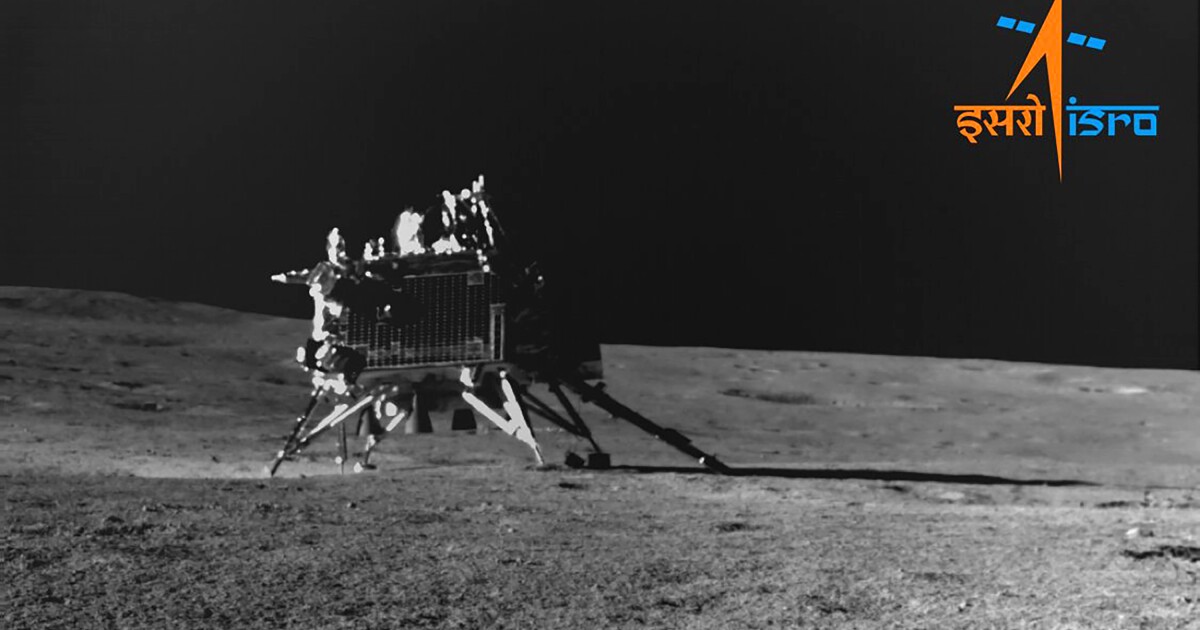

A rover that India historically landed on the south pole of the moon has made new lunar discoveries, even in sleep mode.
The Pragyan rover from the Chandrayaan-3 spacecraft has been on the moon since Aug. 23 but entered into sleep mode two weeks later. This was due to the South Pole entering a phase where it would not see the sun again for weeks. Still, it detected seismic activity on the surface of the moon, which was the first time there had been new evidence of moonquakes since the Apollo lunar missions between 1969 and 1977.
SUPREME COURT TEES UP ARGUMENT DATES ON MAJOR GUN, TRADEMARK, AND SOCIAL MEDIA DISPUTES
Chandrayaan-3 Mission:
In-situ Scientific ExperimentsInstrument for the Lunar Seismic Activity (ILSA) payload on Chandrayaan 3 Lander
— the first Micro Electro Mechanical Systems (MEMS) technology-based instrument on the moon —
has recorded the movements of Rover and other… pic.twitter.com/Sjd5K14hPl— ISRO (@isro) August 31, 2023
Scientists have long suspected that moonquakes were occurring as the moon is hypothesized to have an iron core, which likely moves its mantle layer. They have observed ridges and faults on the moon’s surface that appeared to have happened because of mantle plates moving and crashing into each other.
This particular seismic activity was detected by the Indian Space Research Organization’s Micro Electro Mechanical Systems, which is the first instrument of its kind on the moon. Previously, the Apollo lunar missions used a Passive Seismic Experiment Package, which was revolutionary for its time but only recorded 21 days of activity. Those moonquakes were also sometimes caused by meteorite hits, of which there were hundreds during its data collection period.
Pragyan was set to wake up during the next sunrise on Sept. 22. Its main goal was to search for signs of frozen water. It has discovered aluminum, calcium, chromium, iron, titanium, manganese, silicon, and oxygen.
India had previously tried a similar lunar mission in 2019, which ended in a crash. Just three days before Pragyan landed on the moon’s surface, Russia had its own mission crash in the same area.
CLICK HERE TO READ MORE FROM THE WASHINGTON EXAMINER
India has since sent Aditya-L1, a rocket meant to eventually orbit the sun, which has already completed two revolutions around the Earth. After three more revolutions, it will start its 932,000-mile-long journey, which is only 1% of the distance between the sun and the Earth.
The United States remains the first and only country to land a man on the lunar surface and plans to return to the moon in 2024 with the Artemis II mission, and a moon landing is set for 2025 with the Artemis III mission.





